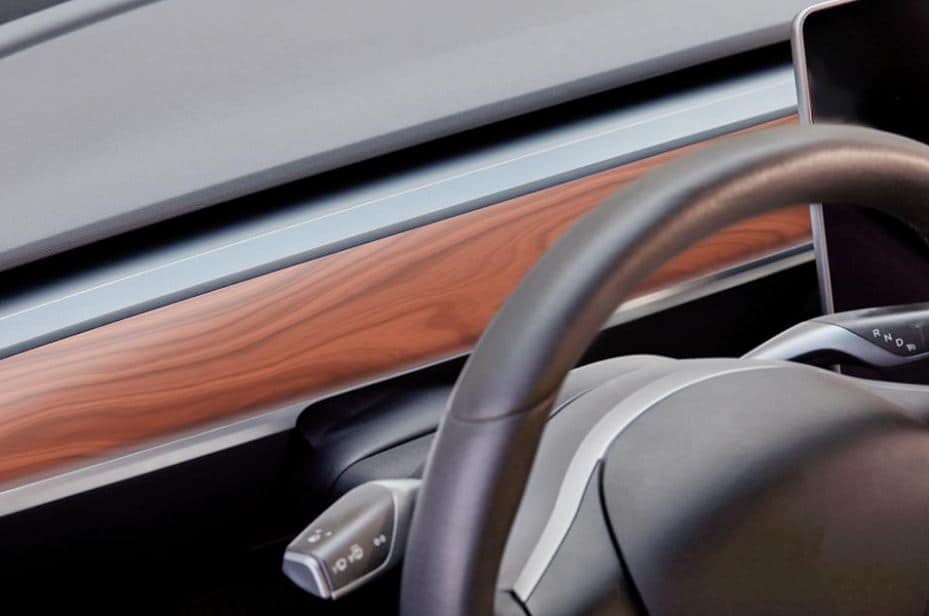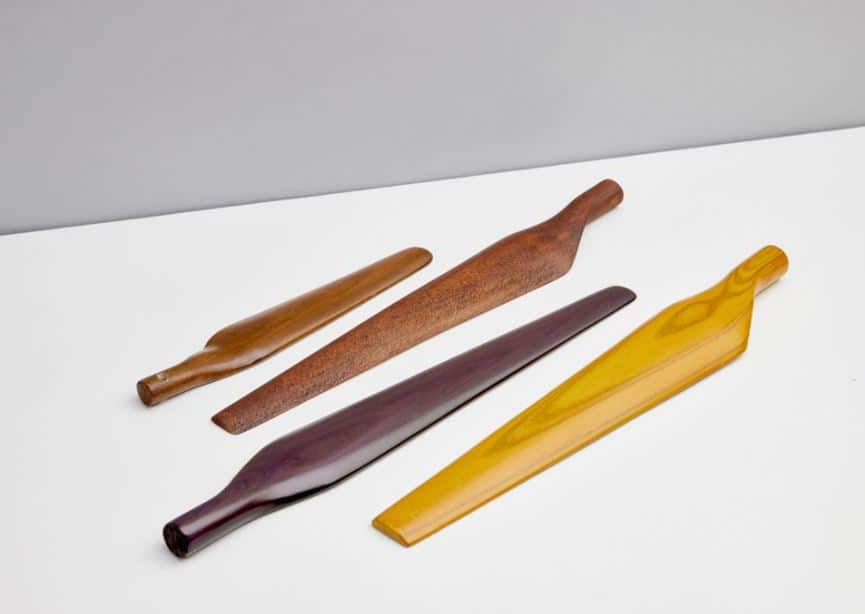Forust has developed a mass production 3D printing process that can produce economically competitive products that look like real wood: a reduction of the need to cut down trees; a new use for a waste stream that’s often landfilled or burned; a superior product with uniform strength; and reductions in carbon emissions, to name a few. 3D Printed Wood is looking like a reality with this process.
“We’re producing interior design products sustainably,” said Andy Jeffery, Forust’s CEO. “We’re using discarded materials to produce beautiful, upscale materials using upcycled sawdust and lignin. They sand and finish just like wood, and we can vary the density to mimic different wood densities. We provide beautiful, functional parts that don’t hurt the environment.”
Jeffery’s roots in 3D printing go back to its founding. “I started in 3D printing in the early ’90s,” he said. “I heard about the MIT process, binder jetting, which inspired me to found my first company.” That firm, Specific Surface Corporation, used 3D printing to produce advanced filters for particulate removal from coal combustion and diesel exhaust. “Ever since the beginning, I’ve seen 3D printing as a manufacturing process, not a prototyping one. Every company I’ve founded has been aimed at large-scale production.” Forust continues in that vein. “One advantage we have is our ability to scale with our robotic system, our ability to do mass production and mass customization.”

Jeffery teamed up with co-founders Virginia San Fratello and Ronald Rael to launch Forust. “Virginia is Chair of the Department of Design at San Jose State University,” Jeffery said. “And Ron is Professor of Architecture at UC Berkeley. We’ve collaborated in the past, and they were both interested in 3D printed wood. They’ve provided plenty of creative impetus, and helped us to connect with potential customers–architects, designers, and other experts.”


